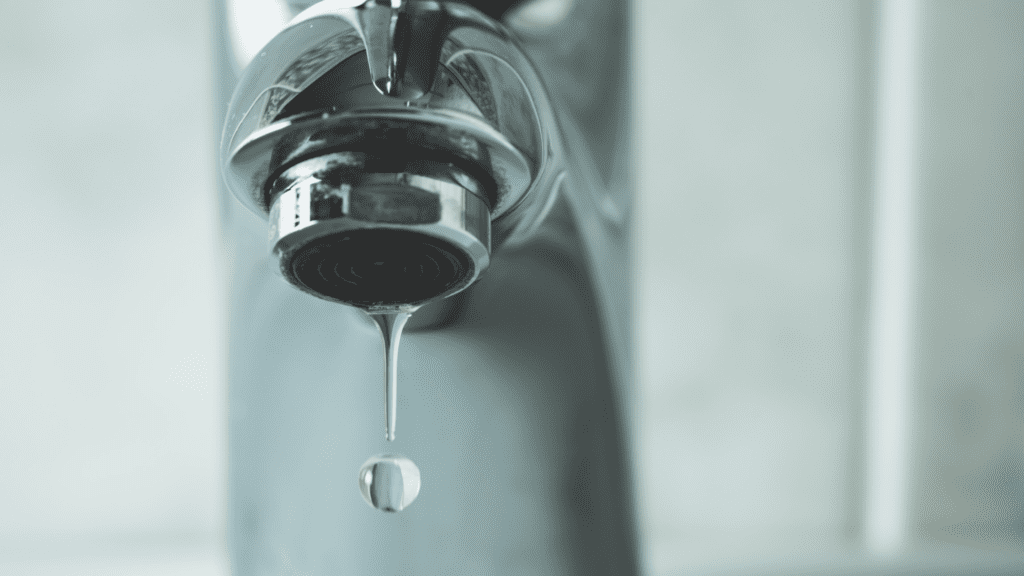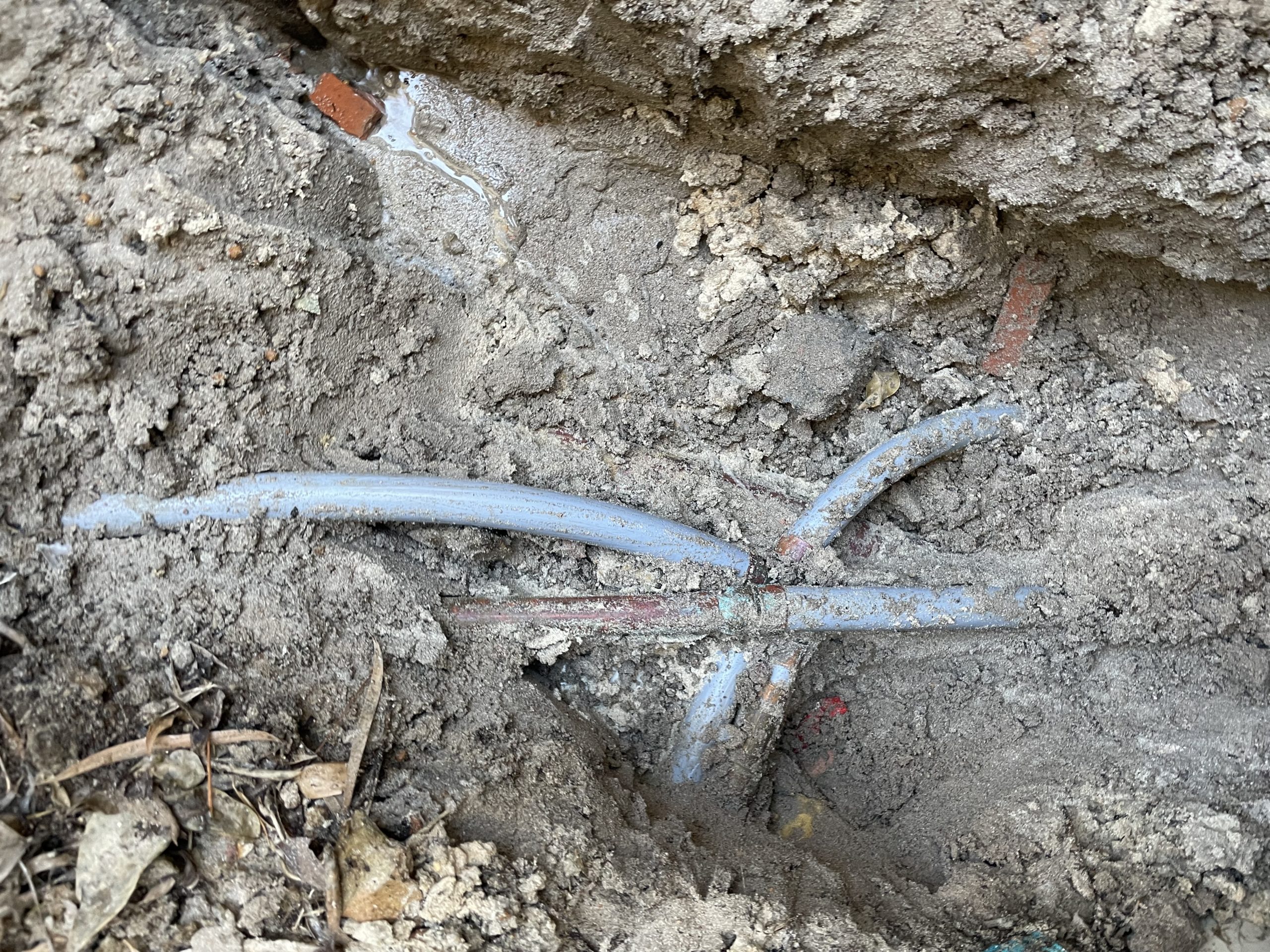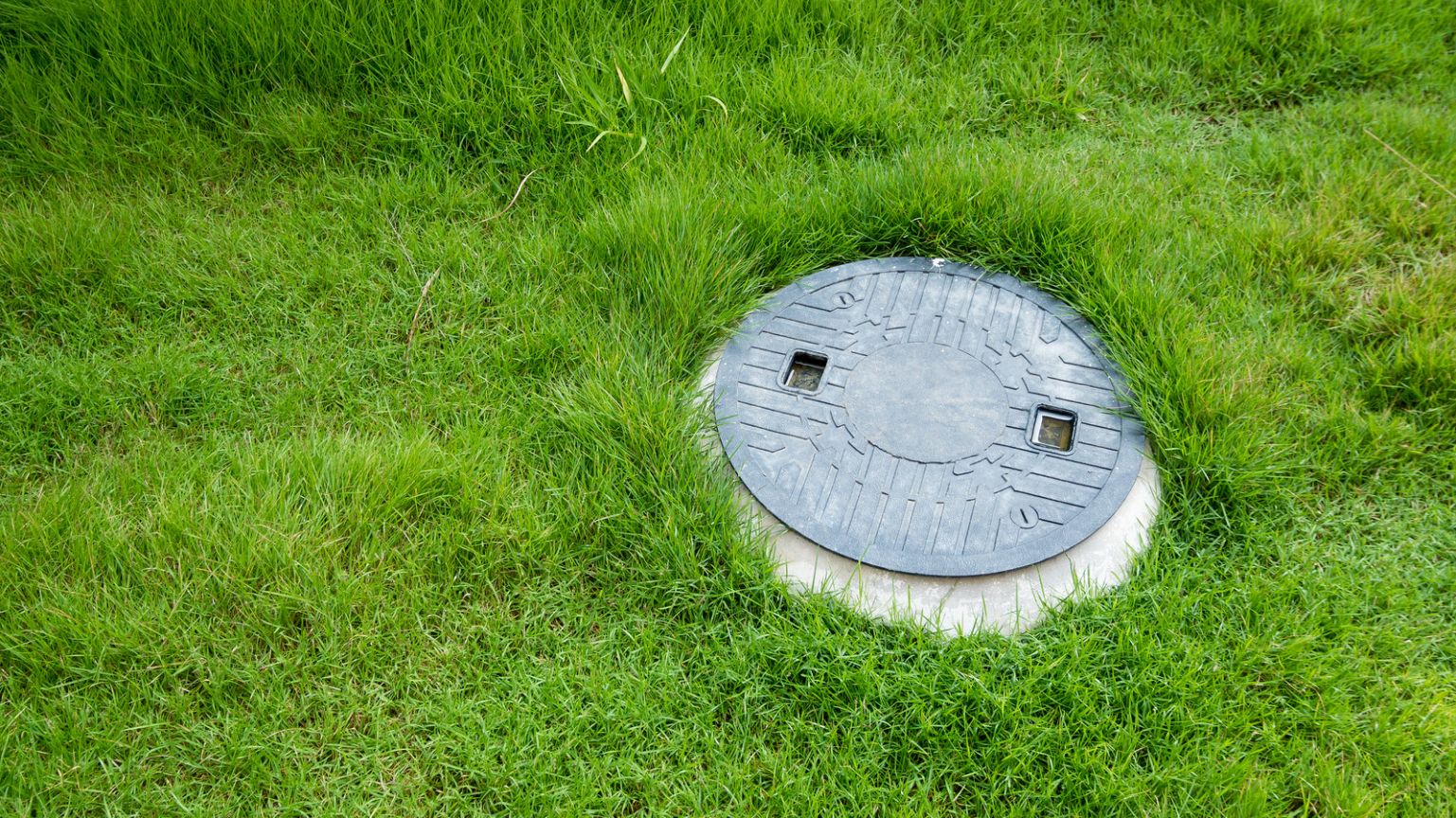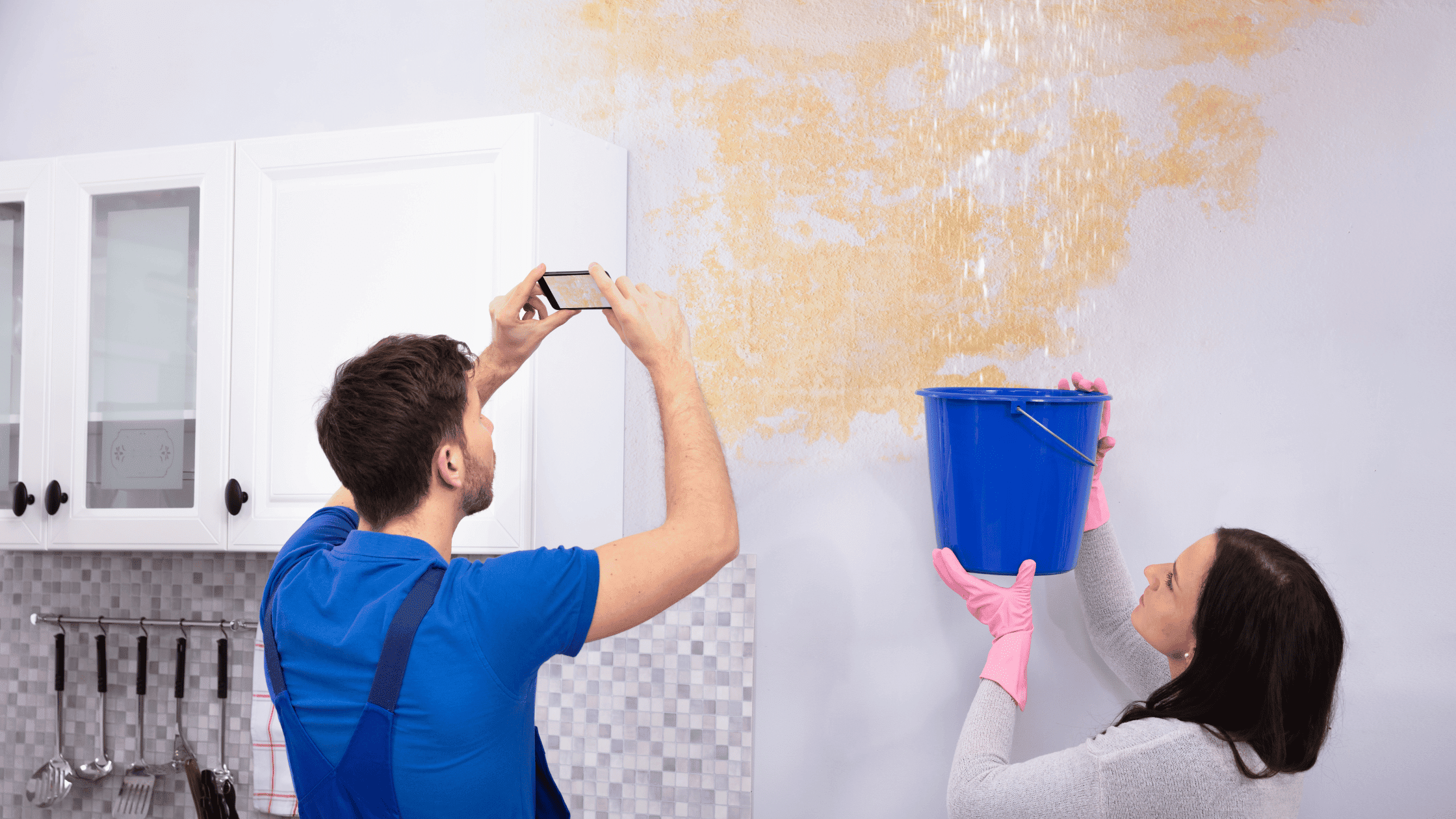Lets start by saying that you should always consult a professional, but some jobs like fixing a leaking tap or shower head can often be as simple DIY job and PGWA is all about helping keep you plumbing working properly and saving water.

Leaking taps are a common household plumbing issue that can waste a significant amount of water if not addressed promptly. Here’s what you need to know about fixing leaking taps :
- Identify the type of tap:
There are four common types of taps: compression, cartridge, ball, and ceramic disk. Each type requires a different approach to repair a leak. - Turn off the water supply:
Before you begin repairing the tap, turn off the water supply to prevent water from flowing. - Disassemble the tap:
Remove the handle and any decorative parts to expose the tap’s internal components. It’s always a good idea to take pictures or even a short video for reference purposes when it comes time to reassemble. - Inspect the tap:
Look for any damaged, worn, or corroded parts. Quit often its a O-ring, washer, or valve seat. Replace this and take it to your local plumbing supply store to get a replacement. - New parts:
Install the new parts and ensure not to over tighten anything to avoid further damage. - Reassemble the tap:
Once you’ve replaced any damaged parts, reassemble the tap in the reverse order that you disassembled it. Using your photos or video as your guide - Test the tap:
Turn the water supply back on and test the tap to ensure that it no longer leaks. Be sure to have someone ready to turn the supply off quickly if needed!
If you’re unsure about how to fix a tap leak or if the leak persists after attempting repairs, it’s recommended to hire a licensed plumber. PGWA are happy to assist 24/7, we are only a phone call away!
In summary, fixing tap leaks involves identifying the type of tap, turning off the water supply, disassembling the tap, inspecting for damage, replacing any damaged parts, reassembling the tap, and testing it to ensure that it no longer leaks. Hiring a licensed plumber is recommended if you’re unsure about how to fix the leak or if it persists after attempting repairs.






